Get More @ The ART Museum
A Living Dialogue Between Artist and Masterwork
For artists seeking growth, clarity, or renewed inspiration, few environments offer as much creative fuel as a museum. A sketchbook session in a gallery isn’t just casual observation—it’s a conversation between your hand and centuries of visual wisdom. By drawing in response to masterworks, you sharpen your technical skills, deepen your visual memory, and cultivate a stronger sense of artistic identity.
This guide explores the benefits of museum sketching, techniques to refine your approach, and ways to transform observation into original expression—all while building consistency and creative momentum.
Why Sketching at an Art Museum Is So Valuable
Designed for Depth, Not Distraction
Museums are intentional spaces. They’re built for slow looking, quiet reflection, and immersion in visual history. Unlike the fast scroll of digital media, museums invite you to pause and engage. This makes them ideal for sketching, especially when your goal is growth rather than perfection.
Key Advantages of Museum Sketching
- Exposure to Masterful Design
You’re surrounded by works that exemplify composition, color theory, and craftsmanship. Studying these pieces in person helps you internalize what makes them effective. - Quiet Focus and Stillness
The museum setting encourages concentration. With fewer distractions, you can settle into a rhythm and observe with intention. - True Scale and Texture
Seeing art at its original size reveals nuances that reproductions can’t capture—brushwork, layering, and surface variation become part of your learning. - Thoughtful Pacing
Museums slow you down. This pacing supports deeper observation and more deliberate sketching, helping you absorb lessons that stick.
Embodied Learning Through Presence
Standing before a real painting or sculpture creates an embodied learning experience. You’re not just seeing—you’re feeling the gesture, the weight, the atmosphere. The colors breathe differently. The composition holds space. The details shimmer in ways no textbook or screen can replicate.
Sketching in this context helps you:
- Translate visual impact into personal interpretation
- Develop a tactile sense of form and movement
- Build emotional connection with your subject matter

What to Bring for an Art Museum Sketching Session
Pack Light, Sketch Smart
A successful museum sketching session starts with thoughtful preparation. Most museums allow only dry media to protect the artwork and maintain a clean environment, so your toolkit should be compact, quiet, and unobtrusive. The goal is to stay focused on your drawing while respecting the space and other visitors.
Essential Tools for Museum Sketching
Portable Sketchbook
Choose a sketchbook that’s easy to carry and handle—A5 or smaller is ideal. Look for:
- Sturdy covers for lap sketching
- Mixed-media paper if you plan to layer ink or light washes
- A format that opens flat for ease of use
Mechanical Pencil or Graphite Stick
Avoid the mess of sharpening by using:
- Mechanical pencils for precision and clean lines
- Graphite sticks for expressive shading and broader strokes
Both options are museum-friendly and versatile.
Fineliner or Archival Pen
For confident line work, bring a pen that won’t smudge or bleed:
- Fineliners in various tip sizes for detail and contour
- Archival ink pens for permanence and clarity
Stick to black or neutral tones unless color is part of your study.
Kneaded Eraser
A kneaded eraser is soft, silent, and leaves no residue. Use it to:
- Lift graphite gently
- Shape into fine points for detail work
- Avoid crumbs or smudges on museum floors
Small Viewfinder
A viewfinder helps simplify complex compositions and focus your attention. You can:
- Frame key elements of a painting or sculpture
- Crop scenes for thumbnail studies
- Use it to practice proportion and layout
What to Leave Behind
Skip Messy or Disruptive Materials
Unless explicitly approved by the museum, avoid:
- Charcoal, pastels, or powdered pigments
- Paints, inks, or water-based media
- Large sketch pads or easels
These materials can damage artwork or disrupt the quiet atmosphere.
Respect the Space
- Clip your bag shut to avoid spills or clutter
- Keep your sketching setup tight and tidy
- Be mindful of foot traffic and viewing angles
Museum sketching is about quiet observation and creative response. With the right tools and mindset, you’ll make the most of every visit.
How to Choose What to Sketch
Let your curiosity guide you. While drawing a famous painting may feel intimidating at first, remember that the goal isn’t replication—it’s exploration.
Options to focus on:
- Hands, faces, or feet: Practicing anatomy from masterworks helps solidify gesture and proportion
- Sculptural forms: Great for studying light direction and volume
- Compositional thumbnails: Capture value grouping and spatial logic
- Ornament and detail: Enhance your eye for pattern and decorative structure
- Entire studies: For those with longer time, render full figures or object groups
Take time walking the gallery before committing. Sometimes the quiet corners offer the richest discoveries.
Strategies to Make the Most of Your Sketching Time
To optimize each visit:
- Warm up with 1–2 minute sketches just to loosen your hand
- Mark key angles or value shapes quickly—build the skeleton, not the skin
- Use contour lines to clarify form rather than outlining everything
- Capture the light logic: Where is it coming from? What’s emphasized?
- Pair visuals with notes: Add questions, materials used, or ideas sparked
Sketching from masterworks sharpens your visual literacy. Over time, you’ll notice patterns in their choices—and your own.
How This Practice Fuels Your Artistic Development
A museum sketchbook practice goes beyond copying—it cultivates:
- Composition sense: By dissecting great arrangements
- Edge control and contrast hierarchy: Noticing what’s sharp, lost, or middle-ground
- Visual decision-making: Interpreting what to leave out, push, or exaggerate
- Historical context awareness: Understanding how material and message relate
The discipline of museum sketching improves every part of your creative process—from thumbnails to finished pieces.

Sketchbooks.org | ON LOCATION
Tea House Sketchbook Rituals | for an Artistically Productive Experience
Let's Meet for TEA There’s a reason why artists have always sought out quiet places—sanctuaries where the mind unfurls and creativity flows freely. The tea house sketchbook ritual is one such sacred practice, blending the...
Frequently Asked Questions
Can I sketch at most art museums?
Yes, though dry media is typically required—always check the museum’s drawing policy.
What if I feel intimidated by famous works?
Start small—focus on hands, textures, or silhouettes to ease into the process.
How long should a museum sketching session be?
Anywhere from 30 minutes to two hours is ideal, depending on your stamina and focus.
Can I use digital tablets for sketching?
Some museums allow them; others may prohibit electronics—ask at the information desk first.
Should I copy exactly what I see?
Not necessarily—capture what stands out to you and develop your interpretation over time.
What’s the best sketchbook size for museum visits?
A5 or smaller lets you remain discreet, portable, and mobile through galleries.
How can I review or make use of my sketches later?
Scan, annotate, or reinterpret them into larger compositions, paintings, or studies.
Final Thoughts
An art museum sketchbook experience is more than practice—it’s a conversation across centuries. When you draw in front of a masterwork, you’re not just studying it; you’re interacting with it, responding to its essence through your marks. These sessions cultivate slow looking, deepen your technique, and provide an evolving archive of your growth.
Let your sketchbook be more than a tool—it’s a passport to discovery, discipline, and dialogue with the best who ever drew. And all it takes to begin is a pencil, a museum bench, and a willingness to look longer.
Ready to Share Your Work?
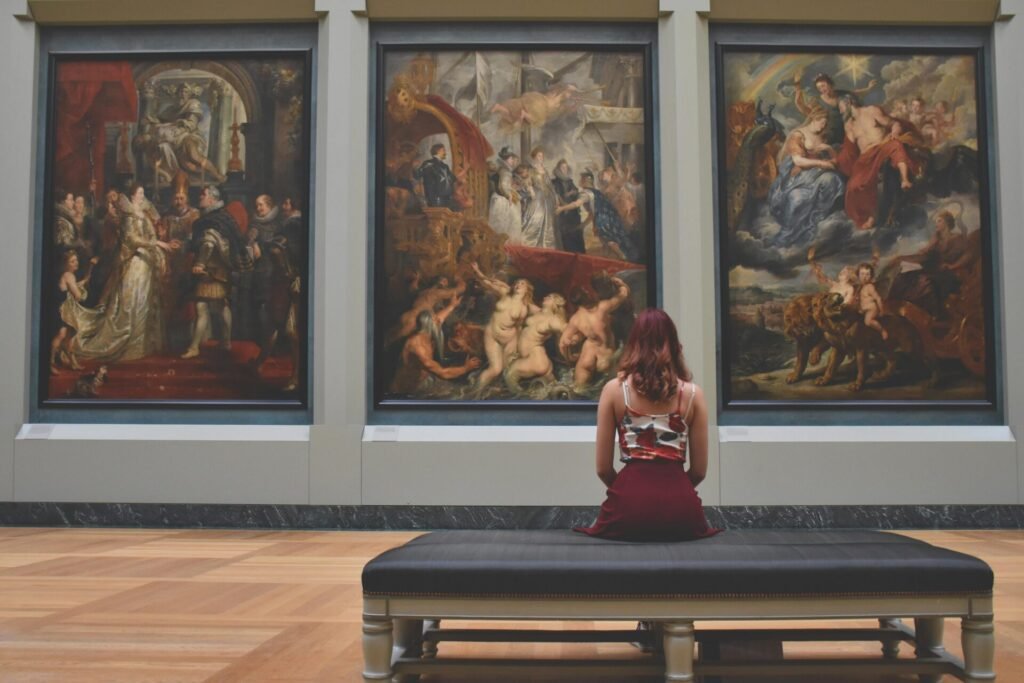

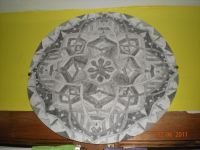



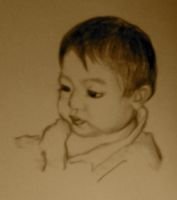
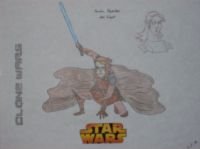
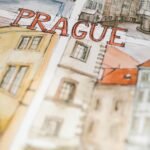


I even brought a pencil to the museum after reading this. Shaky lines, I was standing the whole time, but solid motivation.